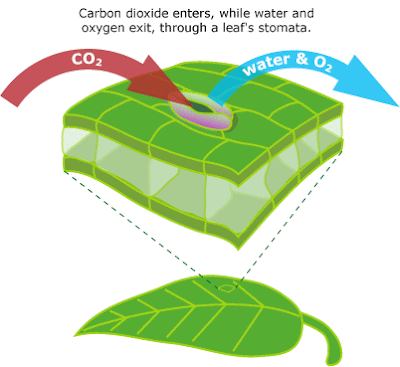4.1 Living things inherit traits in patterns.
Vocabulary: sexual reproduction, gene, heredity, allele, phenotype, genotype, dominant, recessive
Review:
1. Acquired traits are not determined by genes; inherited traits are.
2. Inherited traits are controlled by two factors, and one factor can mask another.
3. recessive
4. Genotype desribes the genes that code for traits; phenotype desribes the traits that are expressed.
5. If a person has one recessive and one dominant allele, the dominant allele will be expressed. So a person can have a recessive allele and it will not show in the phenotype.
6. Brown; the parents must both carry two recessive genes for brown fur, otherwise a single dominant black allele makes them black.
4.2 Patterns of heredity can be predicted.
Vocabulary: Punnette square, ratio, probability, percentage
Review:
1. They show how the parent´s alleles may be passed on to offspring.
2. Ratios compare one number to another number. A percentage is a ratio that compares a number to 100.
3. Determine each possible outcome. Represent it as a ratio in fraction form. Multiply by 100 to find the percentage.
4. Two blocks have one recessive and one dominant allele. One block has two dominant alleles, and one block has two recessive alleles. The chance for each possible outome is 75 perent purple and 25 percent for white.
5. The probability is 25 percent. Two blocks will show one recessive and one dominant allele. One block will show two dominant alleles. One block will show two recessive alleles.




